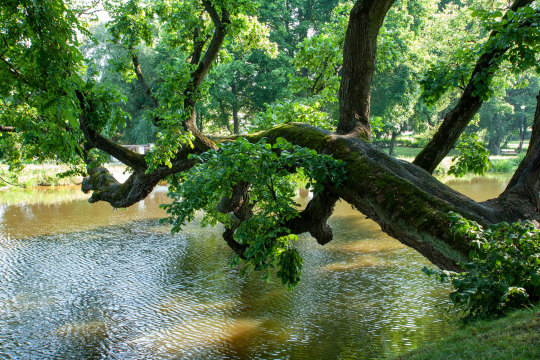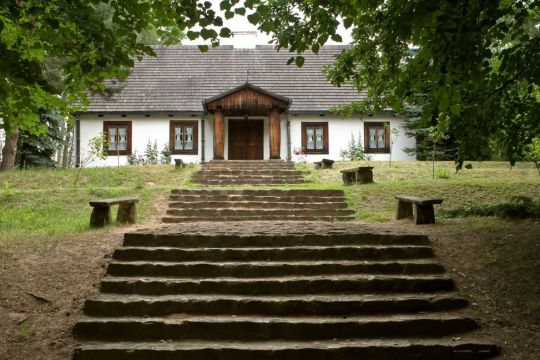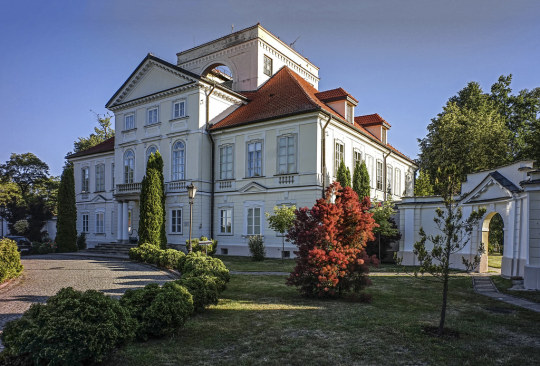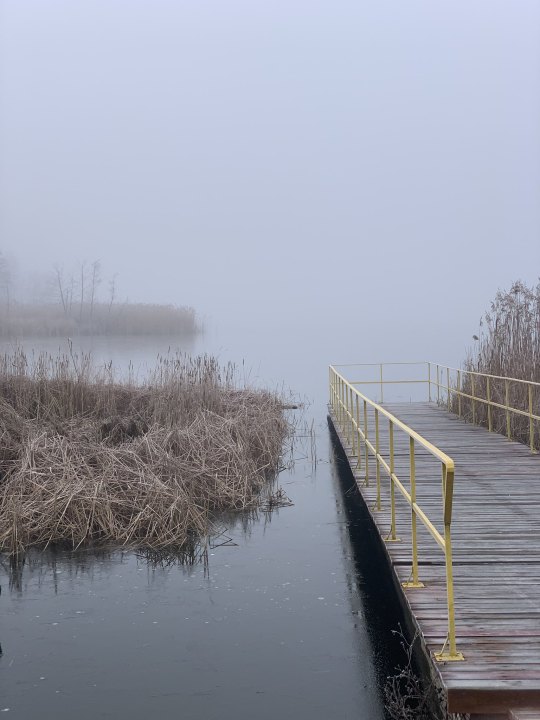#masovian voivodeship
Text



Szydłowiec (2) (3) by Rafał
10 notes
·
View notes
Photo

this heraldic badge of the small and poor administrative district Czarnia looks like a painting by Aleksander Lobanov primitivist soviet painter
#heraldic badge#bee keeping#honey hunting#honey harvesting#czarnia#mazowsze#masovian voivodeship#bear#guns#bees#folk art
2 notes
·
View notes
Text




Flag Wars Bonus Round
8 notes
·
View notes
Text

Pieczyska Manor, Masovian Voivodeship, Poland. Built circa 1780. Photo by Muzeum Wsi Radomskiej.
11 notes
·
View notes
Link
0 notes
Text

🎈 Introducing an incredible circus artist from Belarus! With three jaw-dropping acts under his belt, this performer is sure to leave you in awe.
First up is his mesmerizing sword swallowing act, a daring and rare skill that requires nerves of steel. Next, he brings his expertise to the pole with a stunning lamp post performance, showcasing his incredible strength and agility. And finally, he showcases his talent on the Cyr wheel, a mesmerizing display of acrobatics and grace.
This talented performer hails from Belarus but has taken his talents around the world, dazzling audiences with his incredible abilities. With an impressive repertoire of acts, this circus artist is not to be missed. Be prepared to be amazed and inspired by his incredible talent!
👉🏼 https://www.funly.com/masovian-voivodeship/mi%C5%84sk-mazowiecki/entertainers/misha-levotski
#circusperformer#swordsswallowing#poleact#lamppost#cyrwheel#belarussianartist#circuslife#circusarts#amazingtalent
0 notes
Photo

Treblinka (pronounced [trɛˈblʲinka]) was an extermination camp, built and operated by Nazi Germany in occupied Poland during World War II.[2] It was in a forest north-east of Warsaw, 4 km (2.5 mi) south of the village of Treblinka in what is now the Masovian Voivodeship. The camp operated between 23 July 1942 and 19 October 1943 as part of Operation Reinhard, the deadliest phase of the Final Solution.[6] During this time, it is estimated that between 700,000 and 900,000 Jews were murdered in its gas chambers,[7][8] along with 2,000 Romani people.[9] More Jews were murdered at Treblinka than at any other Nazi extermination camp apart from Auschwitz-Birkenau.[10]
Managed by the German SS with assistance from Trawniki guards – recruited from among Soviet POWs to serve with the Germans – the camp consisted of two separate units.[11] Treblinka I was a forced-labour camp (Arbeitslager) whose prisoners worked in the gravel pit or irrigation area and in the forest, where they cut wood to fuel the cremation pits.[12] Between 1941 and 1944, more than half of its 20,000 inmates were murdered via shootings, hunger, disease and mistreatment.[13][14]
The second camp, Treblinka II, was an extermination camp (Vernichtungslager), referred to euphemistically as the SS-Sonderkommando Treblinka by the Nazis. A small number of Jewish men who were not murdered immediately upon arrival became members of its Sonderkommando[15] whose jobs included being forced to bury the victims' bodies in mass graves. These bodies were exhumed in 1943 and cremated on large open-air pyres along with the bodies of new victims.[16] Gassing operations at Treblinka II ended in October 1943 following a revolt by the prisoners in early August. Several Trawniki guards were killed and 200 prisoners escaped from the camp;[17][18] almost a hundred survived the subsequent pursuit.[19][20] The camp was dismantled in late 1943. A farmhouse for a watchman was built on the site and the ground ploughed over in an attempt to hide the evidence of genocide.[21]
In the postwar Polish People's Republic, the government bought most of the land where the camp had stood, and built a large stone memorial there between 1959 and 1962. In 1964, Treblinka was declared a national monument of Jewish martyrdom[b] in a ceremony at the site of the former gas chambers.[22] In the same year, the first German trials were held regarding the crimes committed at Treblinka by former SS members. After the end of communism in Poland in 1989, the number of visitors coming to Treblinka from abroad increased. An exhibition centre at the camp opened in 2006. It was later expanded and made into a branch of the Siedlce Regional Museum.
https://en.wikipedia.org/wiki/Treblinka_extermination_camp
1 note
·
View note
Photo

Ossolinski Palace, Poland (by dr No. Adam Nowak)
#ossolinski#ossolinski palace#palace#castle#sterdyn#masovia#masovian voivodeship#poland#architecture#europe#park#travel#travel blog#europe travel
875 notes
·
View notes
Photo

Wroclaw Poland
#500px#wroclaw#wrocław#poland#polska#warsaw#Masovian Voivodeship#architecture#night#sky#warszawa#Low
1 note
·
View note
Text




Winter season (2) (3) (4) by Lukasz Krawczynski
9 notes
·
View notes
Photo

Warsaw Riverside by Claudio_deSat Aerials Harrogate
0 notes
Photo

Warsaw Riverside by Claudio_deSat
0 notes
Photo

Bartniki, Masovian Voivodeship, Poland
by Iza Łysoń from Poland
Source | Google Maps
#Gmina Puszcza Mariańska#Żyrardów County#Animal#Destinations#Bartniki#Masovian Voivodeship#Poland#Nature#Warsaw Metropolitan Area#Animals#Photography#Wanderlust#Travel#Iza łysoń#Iza Łysoń#Funny#Fox#Happiness#Joy#Morning#Play#Happy#Spring#Beautiful#Jump
16 notes
·
View notes
Photo

Warsaw, Poland by Pawelus
1 note
·
View note
Photo

Radziejowice Castle,
Radziejowice, Żyrardów Powiat, Masovian Voivodeship, Poland,
Courtesy: Miecznik Foto
#art#design#architecture#castle#radziejowice castle#poland#luxury houses#luxury homes#luxury lifestyle#style#history
124 notes
·
View notes